✨You Can Touch the Times Square New Year's Eve Ball!
Find out how you can take home a piece of the old New Year's Eve ball!


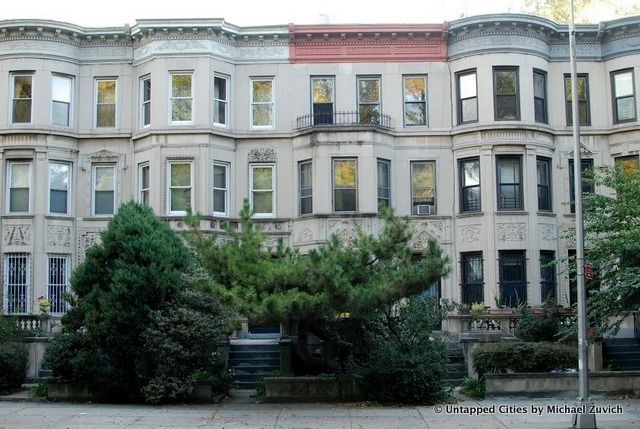
We previously rounded up 8 beautiful historic districts in Manhattan that were smaller than a block and we decided it was time to look at all of New York City. All the boroughs except Staten Island have historic districts smaller than a city block, as defined by the Landmarks Preservation Commission. We’ll go in order, from the smallest number of houses in the district.
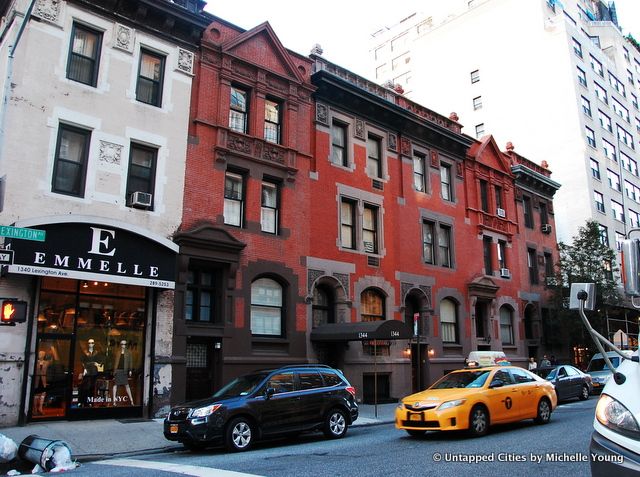
This little historic district is really just a corner at the northwest corner of 89th Street and Lexington Avenue. In addition to this set of 6 buildings along Lexington Avenue, the district includes one narrow townhouse at 121 E. 89th Street. According to Ephemeral New York, Henry Hardenbergh, who designed the homes, “also designed the Dakota and the original Waldorf-Astoria on 34th Street.”
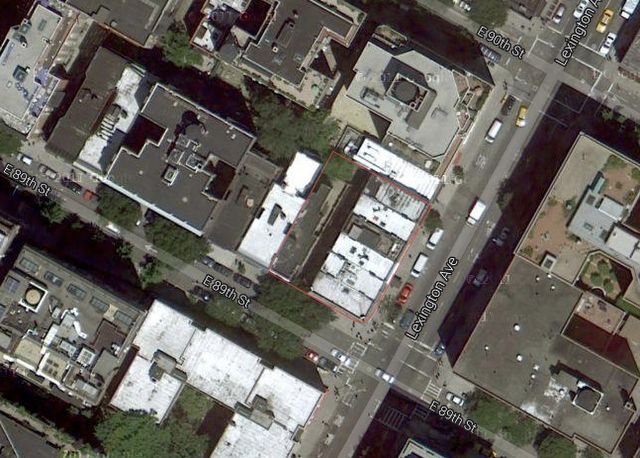
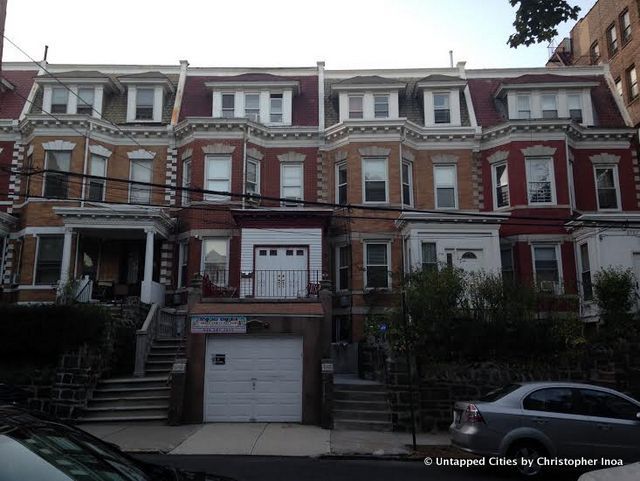
The Perry Avenue Historic District in the Bedford Park Neighborhood of the Bronx is a collection of just nine Queen Anne-style houses. It also has the distinction of being the 100th historic district in New York City. All the homes were built between 1910 and 1912. According to the historic designation report, the three-story homes “are characterized by alternating facades of orange and red brick and feature unifying details such as masonry quoining, splayed lintels, modillioned iron cornices, hipped-roof dormers and sloping, imbricated-slate roofs.”
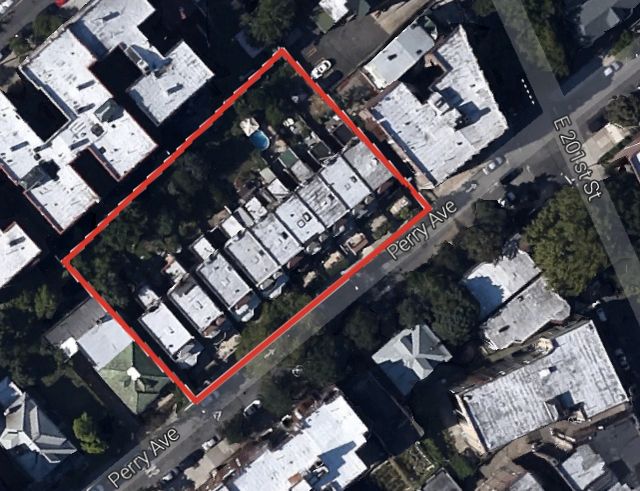
Neighborhood changes from the 1920s and 1950s, spurred by the Third Avenue “El” train brought in larger apartment buildings, nestling this row of houses within. As the LPC writes, the homes in this historic district serve as a “potent visual reminder of the picturesque origins of this Bronx neighborhood.”

Sniffen Court is located on 36th Street between 3rd Avenue and Lexington Avenue in Murray Hill. It may be the most “hidden” on our list because there’s an iron gate in front of the dead-end alley. Inside, there are 10 carriage houses, all built by John Sniffen between 1863 and 1864, later converted into apartments.
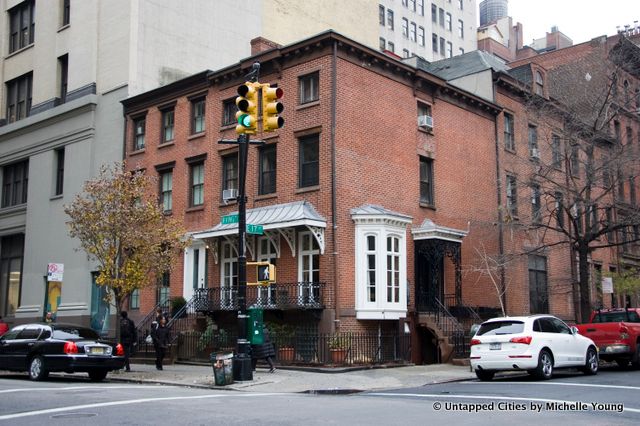
Legend has it that Washington Irving lived at 122 E. 17th Street but despite a plaque with this information, there is no evidence that he lived there. The Epoch Times writes that the rumor may have been the ploy of an enterprising woman who ran a salon there between 1892 and 1911. Despite this historical inaccuracy, the neighborhood “portrays through its residents an important aspect of New York City’s social and cultural history during the sceond half of the nineteenth century and in the years prior to the depression,” according to the Landmarks Preservation Commission.
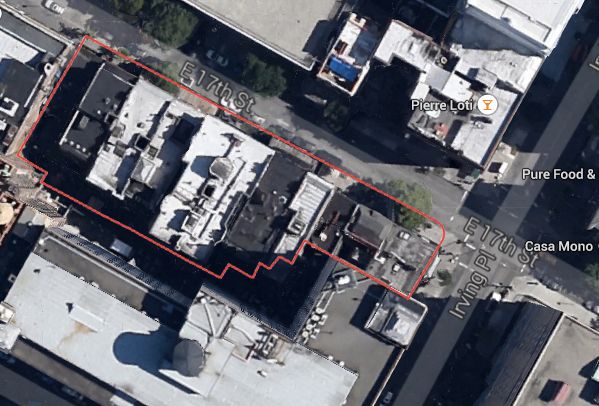
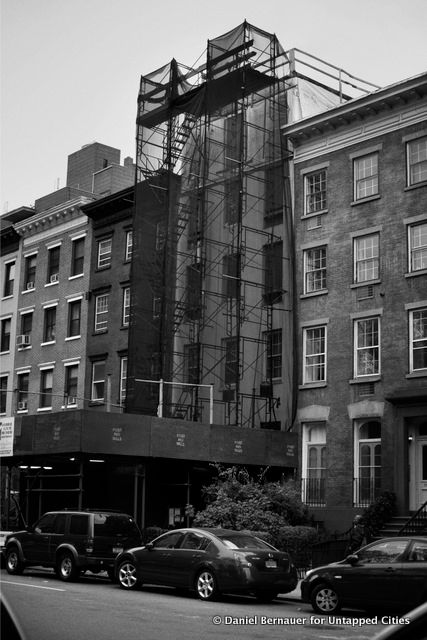
Lamartine Place Historic District is a collection of 10 homes located on West 29th Street between 8th and 9th Avenue, notable for its connection with the Underground Railroad. In particular, the Abigail Hopper Gibbons House at 339 West 29th Street is Manhattan’s last known Underground Railroad junction. The Gibbons family were abolitionists even before the Civil War and opened their home to others sympathetic to the cause. It is reported that William Lloyd Garrison dined there with an escaping slave.
During the Draft Riots of 1863, the house was attacked and burned. Two of the Gibbons daughters managed to escape through the roof onto adjacent properties and finally into a carriage on 9th Avenue. The current owner has been trying to build a penthouse atop the building for the last five years, facing staunch protests. The latest news is that he’ll have to get Landmarks approval retroactively.
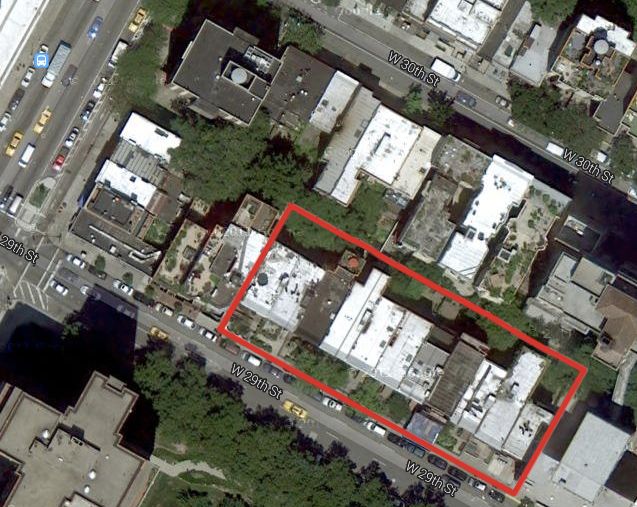

Ocean on the Park Historic District consists of 12 row houses on Ocean Avenue along Prospect Park, built in a Renaissance Revival style by designer Axel S. Hedman for developer Charles G. Reynolds in the 1910s. Due to the large lot size, the row houses were able to be significantly set back to create 30-foot front yards. The LPC writes that the units reflect “an earlier period in the urbanization of Flatbush, forms a distinctive enclave on a block otherwise densely occupied by apartment houses.” Ocean on the Park also has the distinction of having a home once owned by Charles H. Ebbets, who later owned the Brooklyn Dodgers and built Ebbets Field. The land was also once owned by the Vanderbilt family.
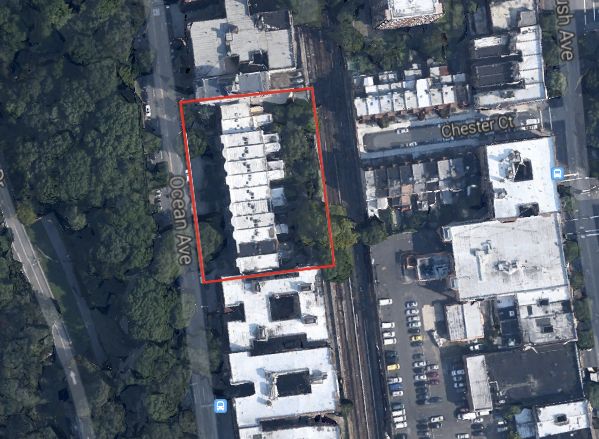
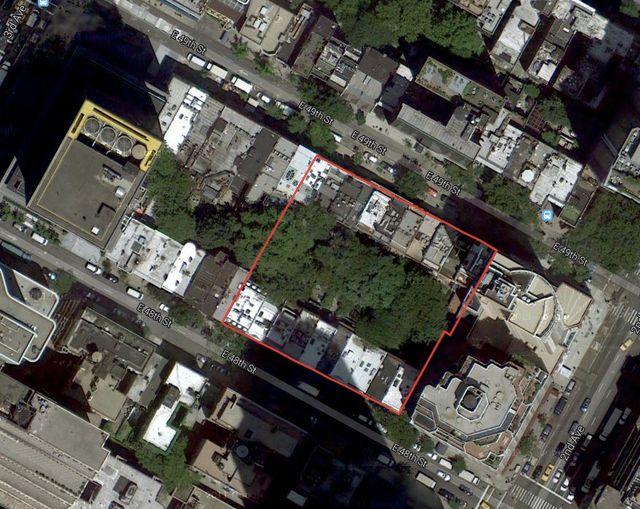
This unique development was the brainchild of Charlotte Martin, a descendant of the Dutch settlers. She brought 20 run down houses in 1919 and remodeled them, creating a shared garden esplanade between them. A copy of the fountain in the Villa Medici sits in this garden. Charlotte’s personal house had a grand ballroom with 22 foot high ceilings and a private garden.
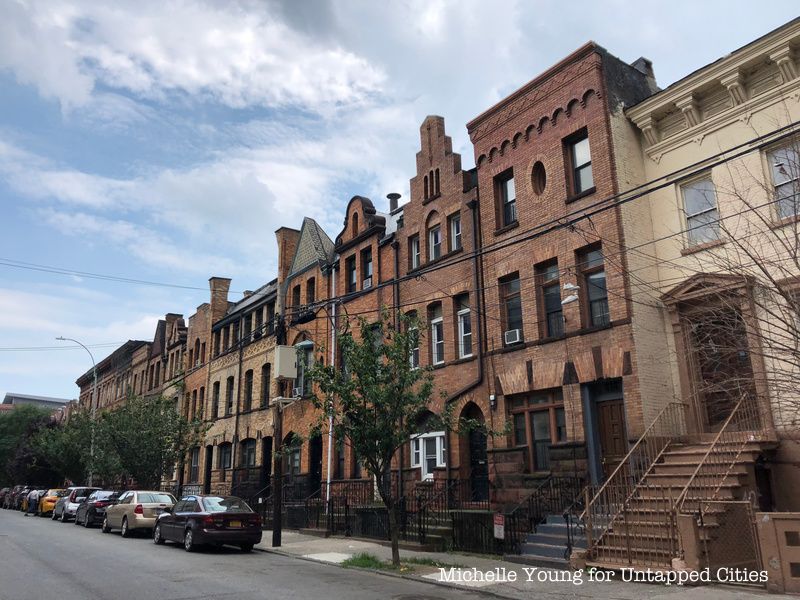
The Bertine Block Historic District is in the Mott Haven neighborhood of the Bronx, consisting of 31 houses all built between 1877 and 1899. With four groups of row houses and two tenement houses in the mix, numerous architectural styles are represented. In addition to Queen Anne-style, there are buildings in Romanesque Revival, Renaissance Revival, neo-Grec, which according to LPC, reflect the styles prevalent in New York City’s residential architecture in the last three decades of the 19th century.
The historic district is named after Edward Bertine, a speculative real estate developer responsible for three of the rows. The LPC makes a final note of the varied ethnic and national backgrounds amongst the residents of the historic district in the past and present.
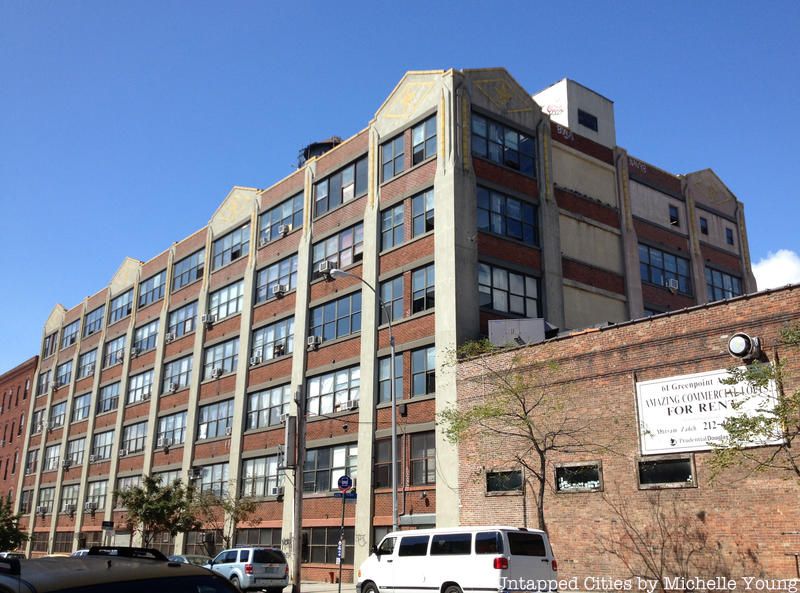
Though by numbers, the Ebardhard Faber Pencil Company Historic District in Greenpoint, Brooklyn should be further up the list, by land it takes up nearly an entire block. The historic district consists of 8 buildings and one free-standing wall that contains the facades of three, nearly demolished 19th century buildings. Collectively, the buildings are examples of German Renaissance Revival architecture interpreted for American industrial buildings. Though all the buildings were at one point utilized and/or run by the Eberhard Faber company, the star of the buildings is of the 6-story Art Deco building on Greenpoint Avenue. It was connected internally to the surrounding Eberhard buildings until the company sold the buildings in the 1950s.
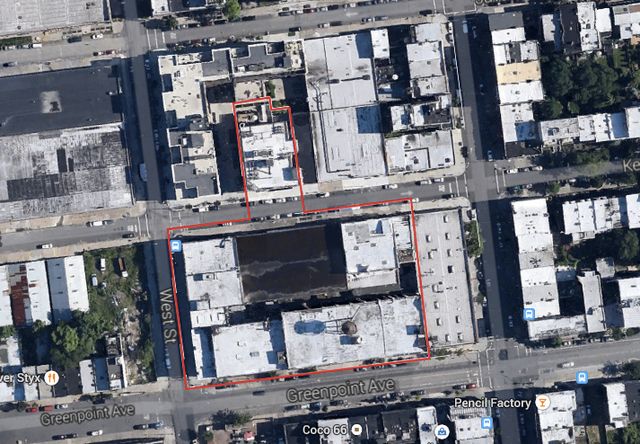
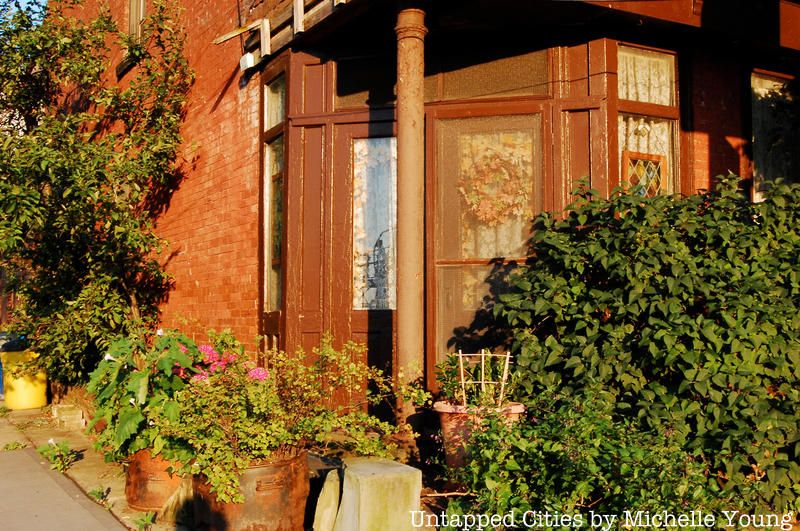
Nestled between symbols of urban industrialization and modern residential development (aka a Con Edison plant and glass condos), Vinegar Hill is a cobblestone neighborhood next to the Manhattan Bridge that seems to have been preserved in time circa the nineteenth century. Though the landmarked area totals more than one block, we gave the historic district and honorable mention because it’s broken into three separate parcels. The smallest parcel contains just six buildings, all built between 1841 and the 1850s. See more photos from quaint Vinegar Hill here.
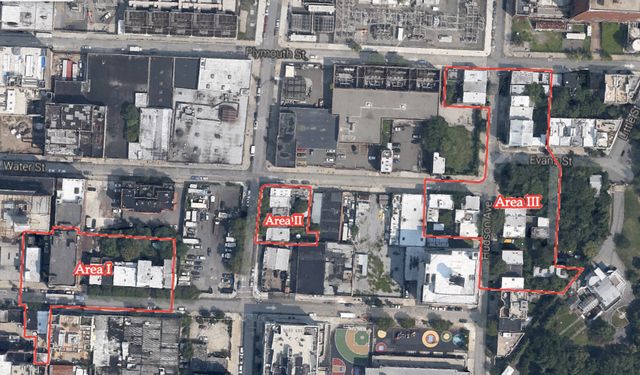
Read about the 8 smallest historic districts in Manhattan and about a Brooklyn Skyscraper Historic District (that’s right!). Get in touch with the author @untappedmich.
Subscribe to our newsletter